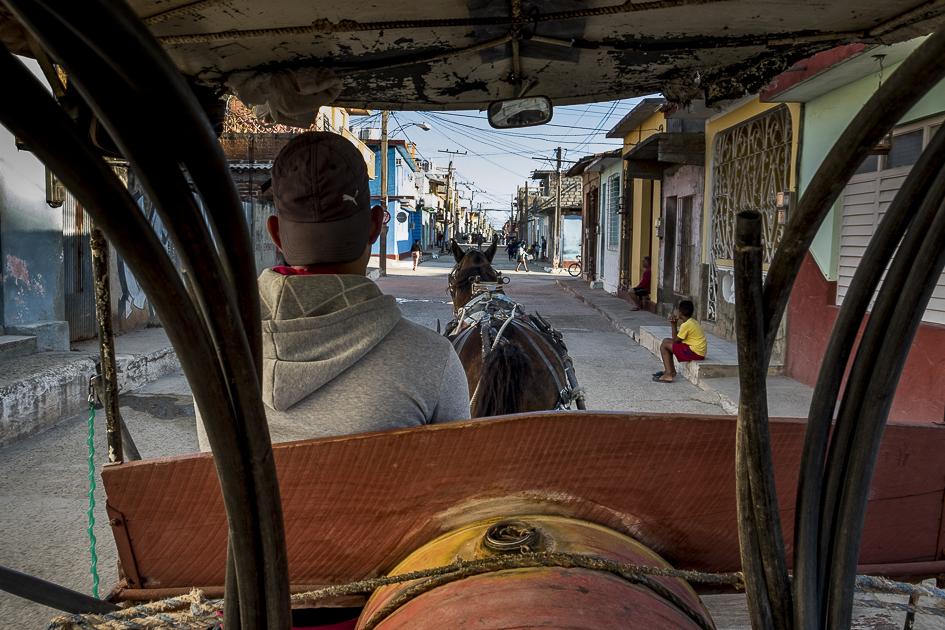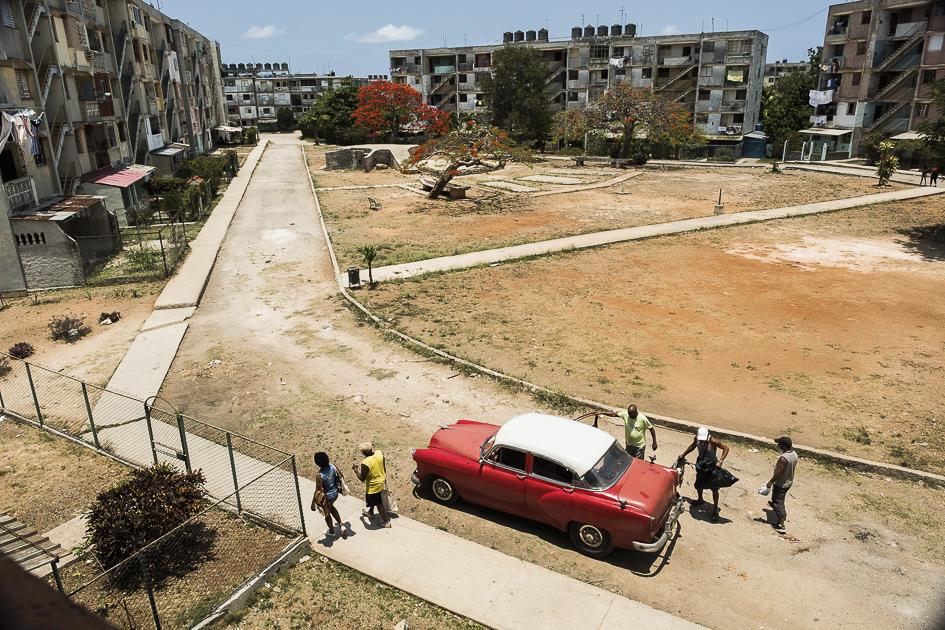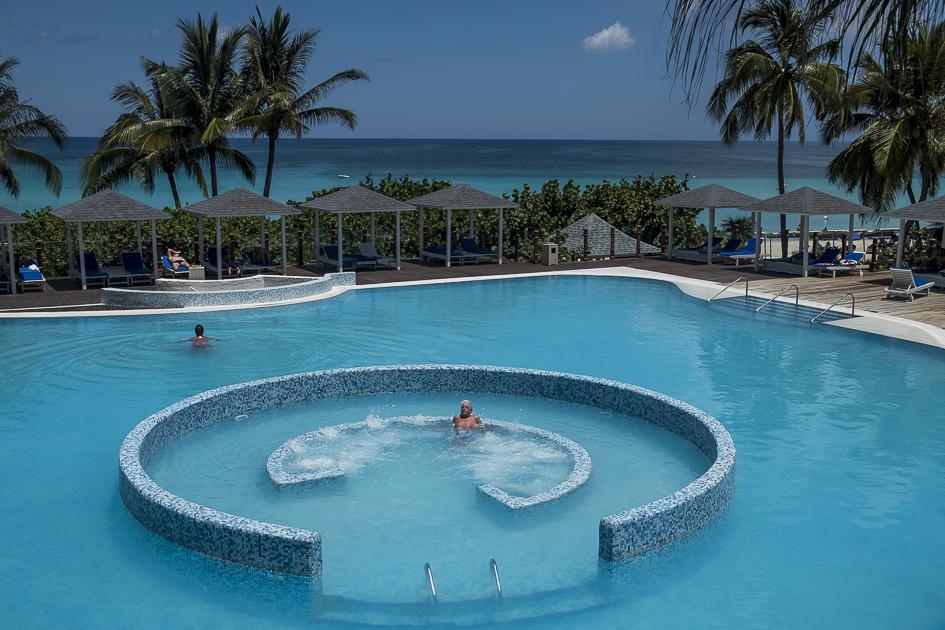MANIFESTO DEL AGUA
Cuba: a tropical island, a communist state. Water is officially stated to be a human right in the in 2019 newly inaugurated Constitution. One of communist promises is to provide clean drinking water to all of the population, an ideal that is hindered by a multiplicity of challenges, such as climate change, an outdated water system and the USA-embargo. Nonetheless, in a non-digitalized society an army of workers is sent to the streets to guarantee fresh water, such as water truck drivers, doctors, fumigators and inspectors of water tanks. This project highlights both the informality of the bureaucratic system and the inventiveness of the Cuban population to deal with their daily water challenges. The theme of water gives a profound insight in contemporary communist Cuba.
This long-term project was funded by the Dutch Fund for In-Depth Journalism and Anna Cornelis Fonds for Documentary Photographers. It won third prize Documentary International at the Zilveren Camera 2019; was exhibited at Visa Pour l'Image in 2020, and will be exhibited at Les Femmes Exposent 2023. It was published a.o. at New York Times, 5W and CNN. I am also in the process of making my first photobook with Studio Another Day in the Netherlands.
































